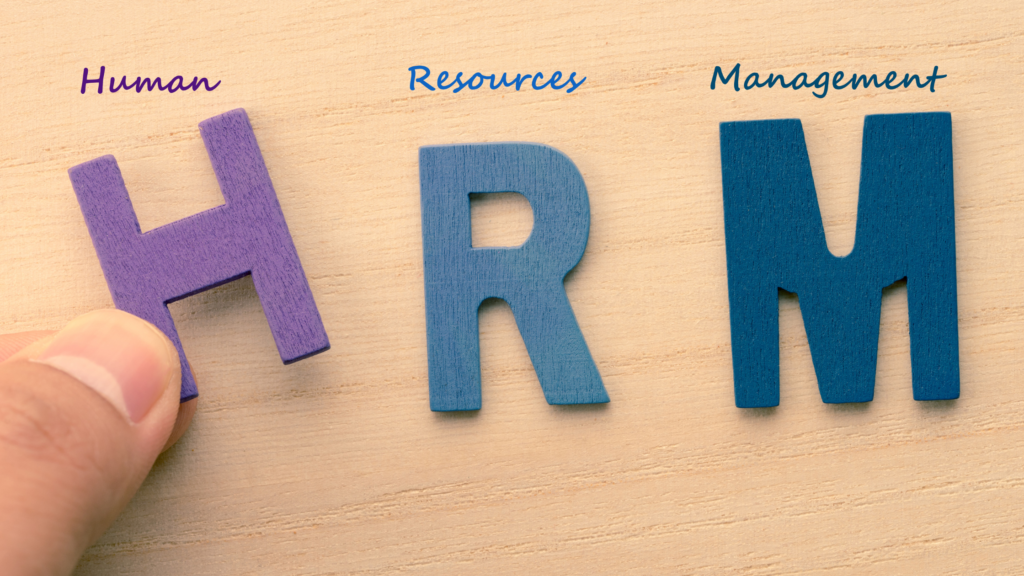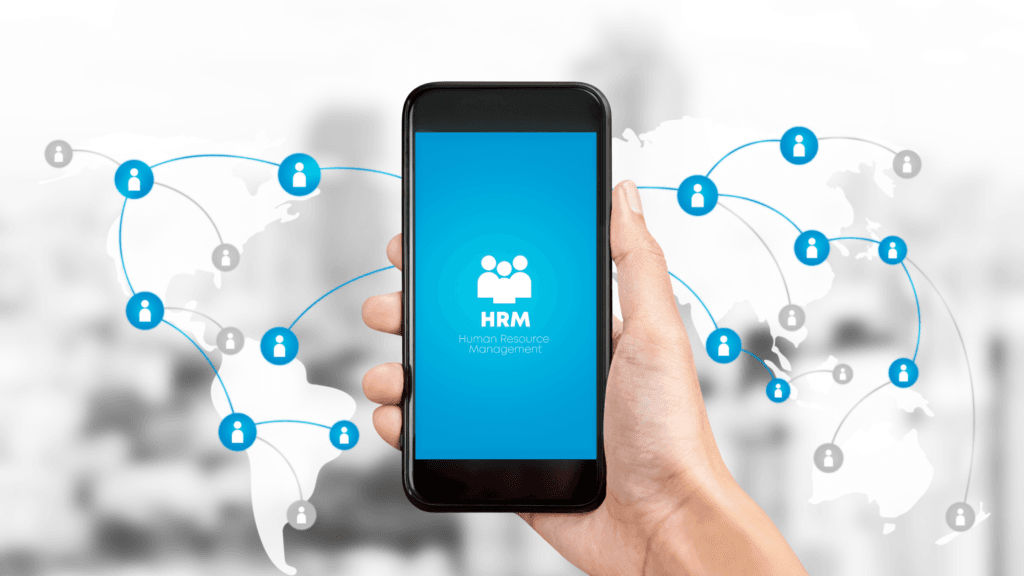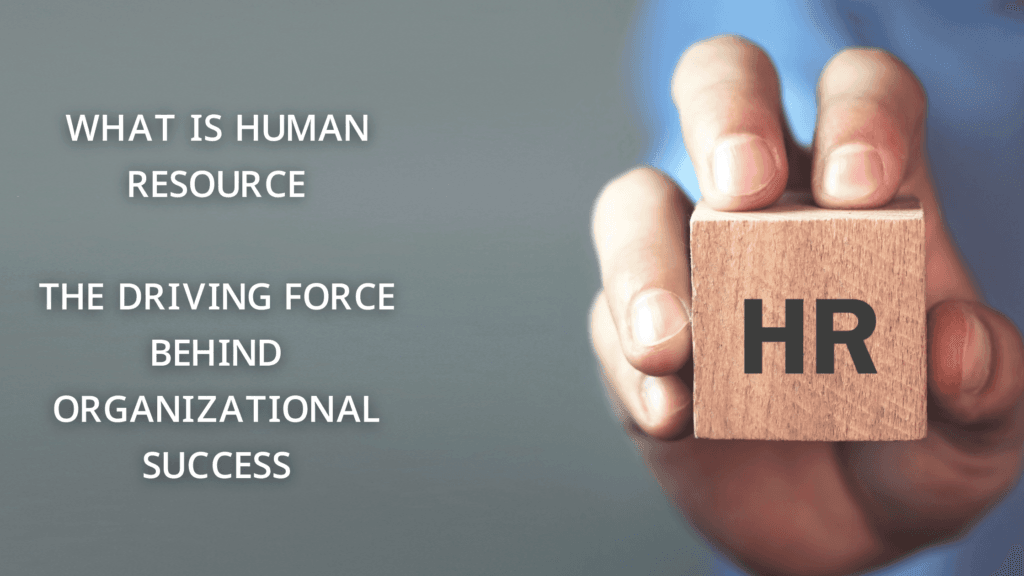Human Resource Management (HRM) is not just a function of recruiting, hiring, and managing employees—it’s the heart and soul of any organization. From driving employee engagement to ensuring that the company aligns with local labor laws and regulations, HRM plays a pivotal role in building a strong and sustainable workforce. In today’s competitive market, effective human resource management can make the difference between a company’s success and failure.
What is Human Resource Management?
Human Resource Management refers to the strategic approach to the effective management of people in an organization. HRM ensures that a company achieves its objectives through maximizing the performance of employees, addressing workplace culture, talent acquisition, training, employee relations, compensation, and benefits.
Key Functions of HRM
1. Talent Acquisition and Recruitment
Recruitment isn’t just about filling vacancies; it’s about finding the right fit for the organization. Companies in Bangladesh, such as Grameenphone and Beximco, have excelled in developing comprehensive recruitment strategies, targeting diverse talent pools to ensure innovation and sustainability.
2. Training and Development
Developing the skills of employees is vital to staying competitive in today’s rapidly evolving market. For example, BRAC continuously invests in training and development programs for its employees, equipping them with the skills needed to tackle emerging challenges, from digital transformation to leadership.
3. Performance Management
Performance management systems ensure that employees’ work aligns with company goals. Multinational corporations like Unilever Bangladesh have implemented robust performance appraisal systems that provide continuous feedback and align employee objectives with business goals, leading to better productivity and higher employee satisfaction.
The Importance of Strategic HRM
Aligning HRM with Business Goals
Strategic Human Resource Management (SHRM) involves aligning HRM strategies with business objectives. For instance, Square Pharmaceuticals, one of the leading pharmaceutical companies in Bangladesh, uses SHRM to focus on efficiency, ensuring that their HR strategies complement production goals.

By doing this, Square Pharmaceuticals aligns its workforce strategy with its overall business goals, ensuring that its people work in ways that directly contribute to the company’s success.
Analytics in HRM
Data is an essential asset in modern HRM. HR analytics involves using data-driven methods to improve decision-making. For instance, data on employee turnover, attendance, and performance can reveal trends that might otherwise go unnoticed.
Example of an HR Dashboard:
| Metrics | Jan | Feb | Mar | Apr | May |
|---|---|---|---|---|---|
| Employee Turnover % | 5.6% | 5.8% | 5.2% | 4.9% | 5.0% |
| Average Training Hrs | 12.5 | 13.0 | 12.8 | 12.7 | 13.1 |
| Absenteeism Rate | 3.2% | 3.5% | 3.1% | 2.8% | 3.0% |
The chart above is an example of how analytics can help track key HR metrics, giving managers insights into trends and areas that need attention.
HRM and Employee Retention
Employee retention is a challenge many organizations face today, especially in competitive industries. A well-planned HRM strategy can mitigate high turnover rates. For example, Square Pharmaceuticals has a low employee turnover rate because of its comprehensive benefits, recognition programs, and opportunities for career development.
Creating a Positive Work Culture
A positive work environment is the backbone of employee engagement. For instance, Banglalink focuses on creating a positive and inclusive work culture, where employees feel valued and part of a larger mission. This approach has helped the company maintain high levels of employee satisfaction and productivity.
Diversity and Inclusion in HRM
Diversity and inclusion have become major priorities in HRM worldwide, including in Bangladesh. Grameenphone, for instance, has taken significant steps toward gender inclusion by promoting women in leadership roles. The company’s commitment to diversity has led to a more innovative and dynamic workforce.
Challenges Facing Human Resource Management in Bangladesh
While HRM practices in Bangladesh have evolved significantly, certain challenges remain:
1. Compliance with Labor Laws
Companies must ensure they comply with Bangladesh’s labor laws, such as the Bangladesh Labor Act 2006. Non-compliance can lead to legal consequences, including fines or a loss of reputation.
2. Attracting and Retaining Talent
As the job market becomes increasingly competitive, organizations struggle to attract top talent. The growing number of multinational companies in Bangladesh has increased the demand for skilled professionals, making talent retention a key challenge for local businesses.
3. Managing Workforce Diversity
With globalization comes diversity, which brings its own set of challenges. Managing a multicultural workforce requires HR managers to create policies that foster inclusivity, while also ensuring that differences in backgrounds do not hinder workplace harmony.
Best Practices in Human Resource Management
Many companies in Bangladesh have implemented best practices in HRM that can serve as models for others.
1. Grameenphone’s Employee Engagement Strategies
Grameenphone is widely regarded as one of the top employers in Bangladesh. One of their best practices is focusing on employee engagement through initiatives like flexible work hours, team-building activities, and recognition programs.

Their continuous investment in these areas has resulted in lower employee turnover rates and higher levels of job satisfaction.
2. BRAC’s Leadership Development Program
BRAC is known for its commitment to leadership development. The organization has invested heavily in leadership programs that help employees grow within the organization, thereby reducing turnover and increasing employee loyalty. Leadership development at BRAC isn’t limited to top management; it extends to all levels of the organization, ensuring a constant supply of skilled leaders from within the company.
3. Square Pharmaceuticals’ Use of HR Technology
Square Pharmaceuticals has adopted the use of HR technology to streamline its recruitment process. By using HR software for tracking applications and managing employee records, they have significantly reduced recruitment time and improved the overall efficiency of their HR department.
Future Trends in Human Resource Management
HRM is constantly evolving, and several trends are shaping the future of the profession.
1. Artificial Intelligence in Recruitment
AI is increasingly being used in recruitment to sift through resumes, match candidates to jobs, and even conduct initial interviews. Companies like Robi Axiata have started integrating AI tools into their recruitment process, making it faster and more efficient.
2. Remote Work
The global pandemic has shown the importance of flexible work arrangements. As more employees seek a work-life balance, HR departments are adapting by offering remote work options. This trend is expected to continue as businesses recognize the benefits of flexibility, including increased productivity and employee satisfaction.
3. Employee Wellness Programs
Companies are placing greater emphasis on the mental and physical well-being of their employees. In Bangladesh, Unilever has implemented wellness programs that focus on both physical and mental health. These programs include fitness challenges, mental health days, and access to counseling services.
FAQ: Frequently Asked Questions about Human Resource Management
1. What is the role of Human Resource Management in a company?
Human Resource Management is responsible for recruiting, hiring, training, managing employee relations, and ensuring compliance with labor laws. HRM plays a crucial role in maintaining employee satisfaction, productivity, and the overall success of an organization.
2. How can HR analytics benefit a company?
HR analytics can provide valuable insights into employee behavior, turnover rates, performance, and other key metrics. By analyzing this data, companies can make informed decisions to improve productivity, reduce costs, and enhance employee satisfaction.
3. Why is employee engagement important in HRM?
Employee engagement is critical because it directly impacts productivity, job satisfaction, and employee retention. Engaged employees are more likely to be motivated, perform better, and stay with the company for the long term.
4. What are the key challenges HR departments face in Bangladesh?
HR departments in Bangladesh face several challenges, including compliance with labor laws, attracting and retaining top talent, and managing workforce diversity. Companies must continuously adapt to overcome these challenges to remain competitive.
5. How can companies improve their recruitment process?
Companies can improve their recruitment process by using technology, such as AI tools, to streamline application tracking and candidate matching. Additionally, companies should focus on creating a strong employer brand to attract top talent.
Conclusion
Human Resource Management is the backbone of any successful organization. In Bangladesh, where the corporate landscape is rapidly evolving, HRM practices must continue to adapt to meet the demands of a competitive market. By focusing on talent acquisition, employee engagement, performance management, and the use of HR analytics, companies can stay ahead of the curve.
Effective HRM not only benefits employees but also leads to the overall success of the organization, driving business growth, and ensuring long-term sustainability. In a rapidly changing world, HRM will continue to evolve, and companies that embrace these changes will undoubtedly thrive.
Ready to elevate your HR practices and drive business success? Whether you’re looking for expert consultation, guidance on HR strategies, or just want to explore more insightful content, I’m here to help!
Don’t forget to check out my other blogs for valuable insights and actionable tips on human resource management. Let’s take your organization to the next level together!




Pingback: Cracking The Code Of Compensation: A Complete Guide To Rewarding And Retaining Top Talent – HR Professional BD